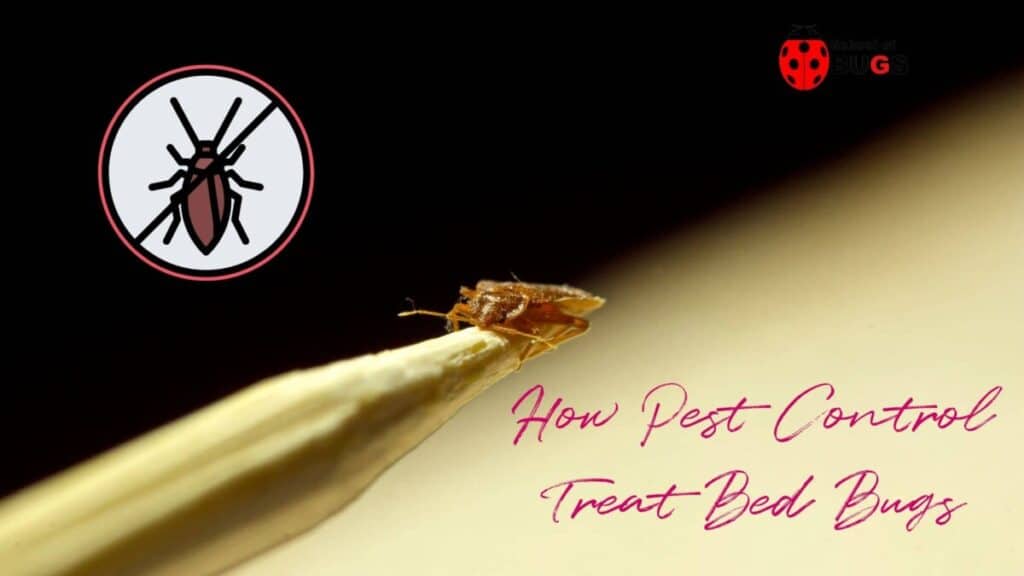
Bed bugs are the scourge of any home, and the methods to get rid of them are unlike any other type of pest control. Here’s everything you need to know about how pest control treats bed bugs.
Heat treatment is the most common method for clearing a home of bed bugs. Pest control will raise the temperature of a home to 118 degrees Fahrenheit or greater, killing eggs, larvae, and adults after a short period of exposure.
There are a range of treatments used to handle bed bugs, and the rest of this article will cover the following topics:
- What sparks a bed bug infestation
- Why it’s almost impossible to get rid of bed bugs with DIY methods
- How pest control eradicates bed bugs
- How you can avoid getting bed bugs
How Do Bed Bugs Infest a Home?
In order to understand just why bed bugs are so universally hated, it’s worth taking a look at what instigates a bed bug infestation and why they’re so impossibly difficult to exterminate.
Bed bugs are notorious hitchhikers, stowing away on furniture, luggage, clothing, purses, mattresses, box springs, chairs, and couches.
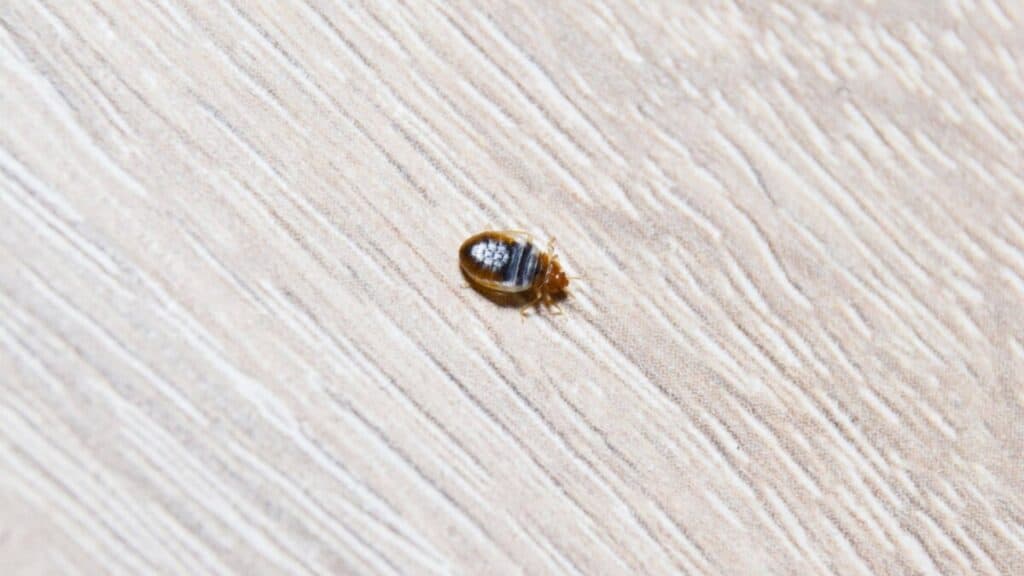
These items, particularly when acquired secondhand, can be rife with bed bugs hungry for their next meal. It’s a good reminder to thoroughly check anything you buy for cast skins, eggs, fecal spots, bed bugs, or the telltale reddish-brown smush stains.
In addition, bed bugs are a common worry in hotels and motels, latching onto clothing and journeying home with their new hosts.
Always inspect your surroundings in a new room before unpacking and don’t set down your luggage until you can confirm that the room is bed bug-free.
Bed bugs are particularly drawn to mattresses, since they evidence a lot of human activity and have hiding spaces aplenty.
These nightmarish pests come out at night to feed and will retreat to the safety of their hidey hole when disturbed.
From this central node, bed bugs can branch out to other areas of the home that see a good deal of human activity, including furniture like couches and chairs.
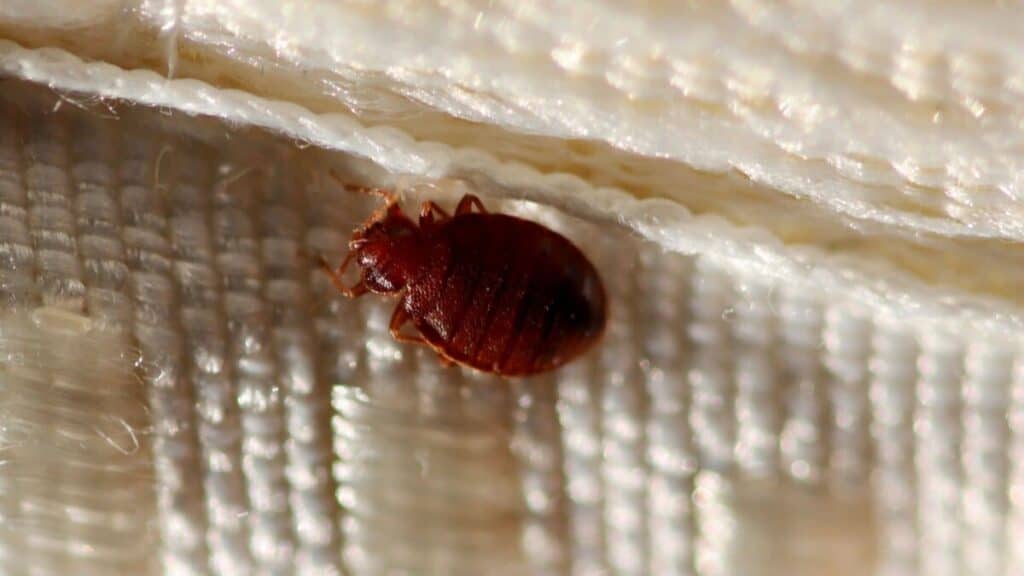
Why Are Bed Bugs So Hard to Deal with?
There’s a reason why bed bug infestations are universally feared by homeowners—they’re an absolute nightmare to get rid of.
Thanks to their survival tendencies, their ability to hide in hard-to-reach spots, and resistance to pesticides, bed bugs are a scourge, plain and simple.
Bed bugs can hide in cracks, crevices, wall spaces, and inside furniture to avoid detecting, growing their numbers without any noticeable signs of their presence.
Unless you’ve got a real eagle eye, the first signs you’ll usually see to let you know there’s a problem are irritating red welts on your skin from their bites.
Capable of drawing blood painlessly, bed bugs can go undetected for long periods of time, procreating rapidly.
Female bed bugs lay eggs each and every day of their lives—an alarming trait for the concerned homeowner.
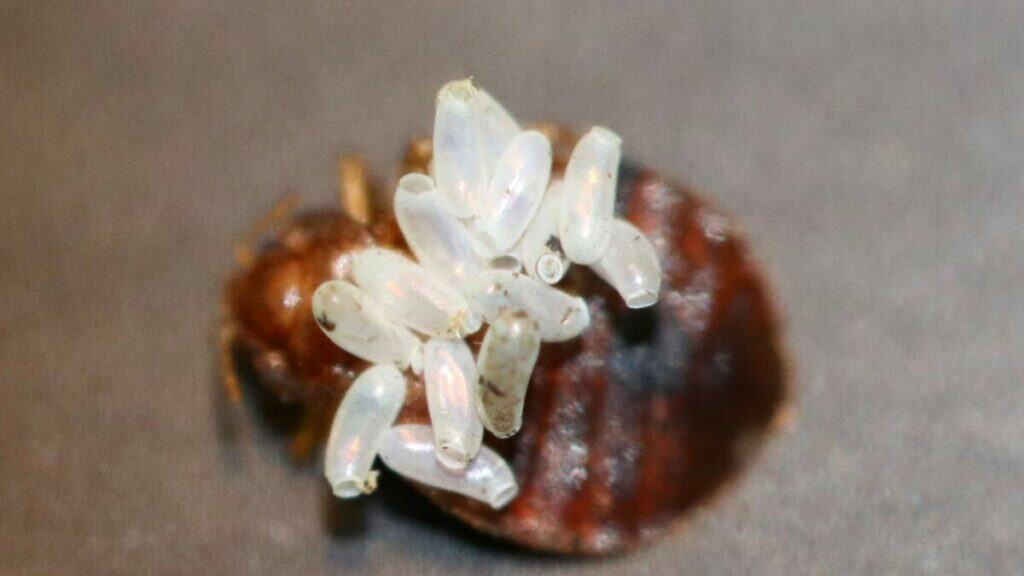
In addition to their proclivity for fast reproduction and stealth, bed bugs are also resistant to many pesticides.
When threatened, they retreat to their hidey holes to wait out the treatment. During this time, they can survive for a long period without feeding on blood, nullifying the “wait-it-out” approach to this pest problem.
Heavy-duty pesticides are also unideal for dealing with them since the activity is greatest around fabrics and areas where people spend most of their time (the bedroom and living room), posing a risk to the individual’s wellbeing and property.
Moreover, many common pesticides may target adults, but don’t harm larvae and eggs. The reverse is also true: some pesticides can kill eggs and larvae, but not the adults producing them.
How Does Pest Control Get Rid of Bed Bugs?
With so many impressive survival traits, it’s not hard to understand why bed bugs are universally hated and considered so difficult to get rid of.
There are plenty of DIY methods you can employ to tackle a bed bug invasion, but unless you catch the problem early enough, it’s always better to rely on a trusted pest control service; otherwise, you may end up killing some bed bugs, while dozens, if not hundreds, more are hatched daily to take their place.
One important tip that will make your life a lot easier when dealing with bed bugs is never to remove an infected item from the room it was.
Bed bugs can travel between rooms and take up residence in different parts of your home, but the most common way a bed bug infestation can spread throughout your home is by accidentally removing infected items from one part to another.
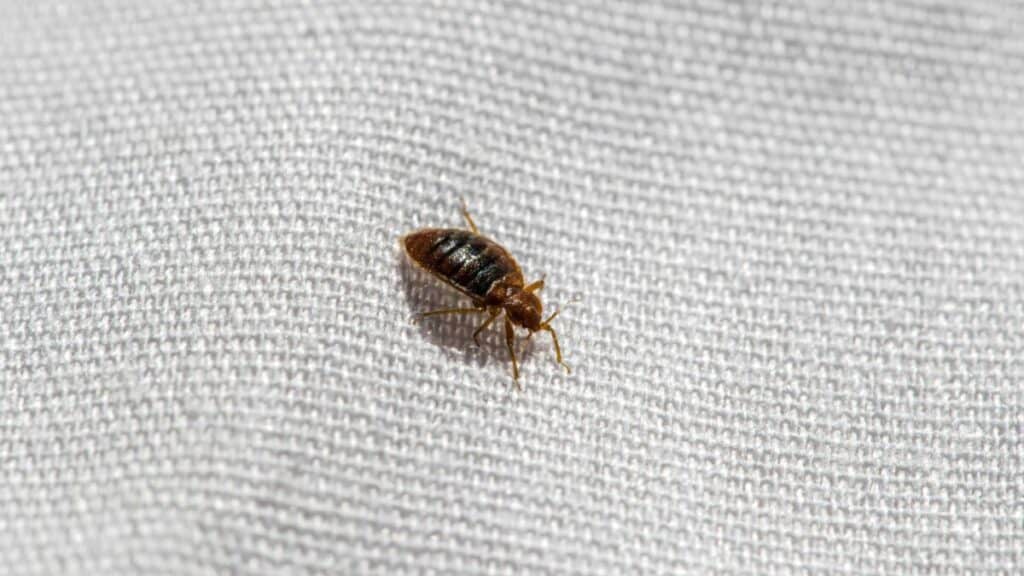
Professional services eliminate bed bugs by creating extreme temperature conditions in the home that can tackle eggs, larvae, and adults, killing them after a certain period of exposure. This treatment can be localized or done through the entire home.
The specialized equipment that pest control uses raises the temperature to a degree that dries out the moisture from bed bugs’ bodies.
Heat treatments can last for several hours but don’t usually run longer than 8 hours in a home for severe treatments. This treatment is preferable for several reasons.
First, it’s a much safer option than spraying pesticides throughout your home. While pesticides may kill bed bugs on contacts, different pesticides have different levels of effectiveness against eggs, larvae, and adults.
In addition, even for pest control experts who know where to look, hunting down bed bugs in all the nooks and crannies they like to hide in can be extremely difficult. Pesticide treatments generally require several applications over the course of weeks, even months.
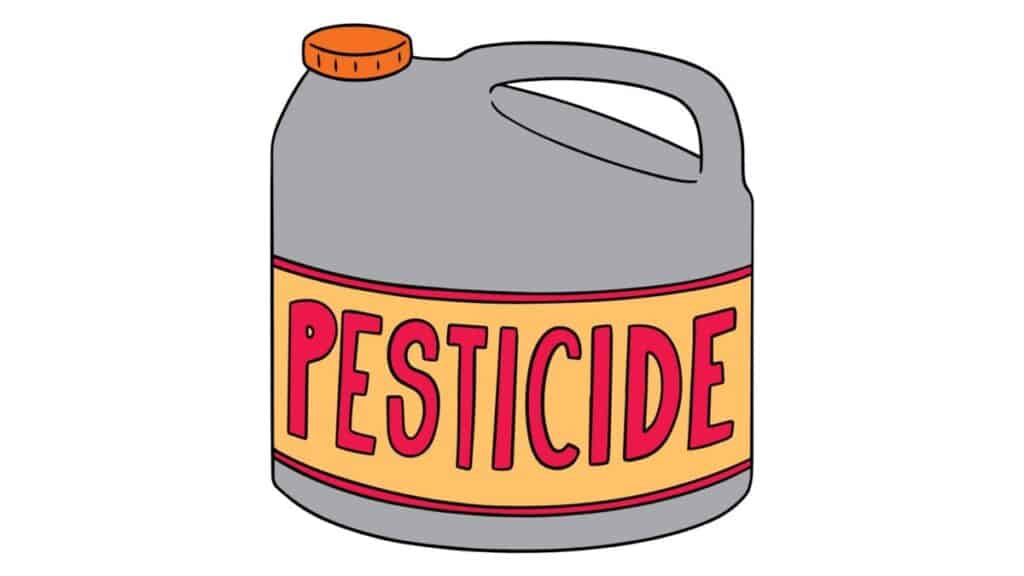
Heat treatments, on the other hand, are a one-and-done approach, allowing you to go back to your pest-free home after just one day of treatment.
When the temperature is cranked up high enough, it doesn’t matter where bed bugs hide—they’re going to be exposed to high temperatures and subsequently killed.
For the heat treatment to be effective, the temperature needs to be consistent, sustained, and hot.
A pest control company is the only viable solution to manage heat treatment since their specialized equipment can ensure that every crack and crevice in the home is subject to the unbearable heat.
DIY approaches may not cover every hiding place, allowing some bed bugs to thrive and haunt you again once they’ve regrouped. Sustained temperatures of 118 degrees Fahrenheit will kill bed bugs within an hour and a half, eggs included.
Heat Treatment Safety Measures
If you’re considering a heat treatment for your home, then you’ll need to take some safety measures to make sure that the heat stress doesn’t damage your personal property.
High heat can damage any plastic materials in your home, picture frames, wallpaper, laminates, and linoleum.
In light of this, you want to prepare well before investing in a heat treatment to make sure you protect your personal belongings.
Remove any of your valuables including developed photos, art, oil paintings, fish tanks, live plants, and other items of value.

You should also give some thought to items that melt or pose a fire hazard when exposed to high temperatures such as laminate and plastics.
Remove any makeup, perfumes, alcohol, candles, posters, and other paper items, as well as aerosols and other containers under pressure (don’t forget your water bed or air bed if you have one).
Store all medicines, drinks, and foods that are subject to melting in your fridge. Unplug and shield all of your electronics and take down your window blinds.
Follow these essential steps, and you can protect your personal belongings and get the heat treatment you need.
How to Avoid Getting Bed Bugs in Your Home
The first step in preventing a bed bug infestation (or any other pest invasion for that matter) is to take precautionary measures to avoid them getting into your home.
Always check items you bring into your home for hitchhikers and hot wash your clothes and bedding regularly, especially if you suspect a bed bug problem.
Keep an eye out for casts, egg sacs, and reddish-brown smudges on your furniture or mattress. These are telltale signs of bed bug activity and are immediate cause for contacting a pest control company.
Armed with the knowledge, expertise, and equipment to handle a bed bug problem, small or large, your local trusted experts are a resource you can count on to tackle bed bug invasions.
Final Thoughts
Bed bugs are a universally hated pest, largely for their survivability and resistance to traditional treatments.
In severe cases, pest control experts will rely on heat treatments to eradicate bed bugs from a home.
The high temperature of 118 degrees Fahrenheit or higher dries out the bug’s skin, depriving it of essential moisture and killing eggs, larvae, and adults quickly.
Specialized equipment allows pest control experts to create these sustained conditions in a home for long enough to eradicate this menace from your home for good.
Alright, that’s it for this article, here are a few hand-selected articles that you might also find interesting reads:
What do Baby Bed Bugs Look Like?Does Vick’s Rubbing Stop Bed Bug Bites?
Does Lysol Kill Bed Bugs?
Recent Posts
Tiny Black Bugs in Bathroom NO WINGS: What They Are and What to Do!
Finding tiny black bugs in your bathroom can be uncomfortable, to say the least. Especially if they are persistent, or they appear in very large numbers, which they often like to do. When it...
Tiny Black Bugs in Plant Soil - What Are They & What To Do About It
A short horror story: You get a new houseplant. You do your best to take care of it. You’ve ensured that it has the right soil, the right amount of sun, it gets enough water. And then one day, you...

